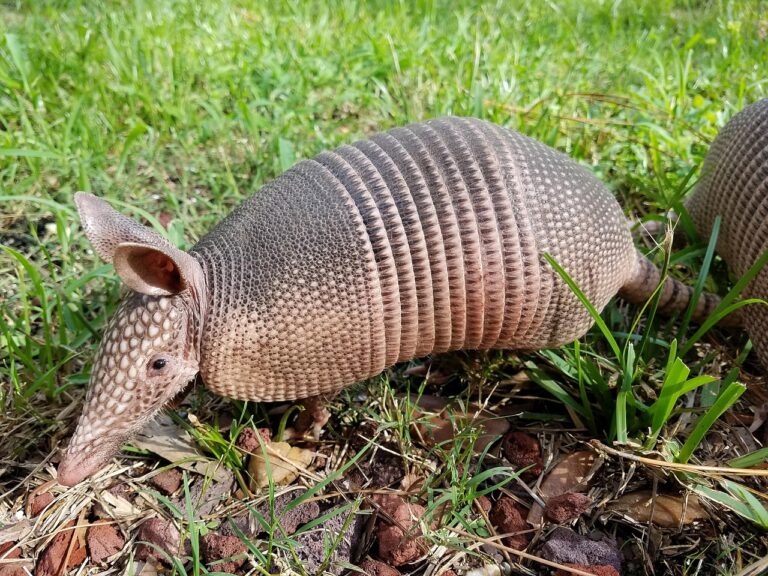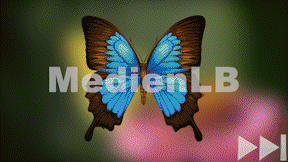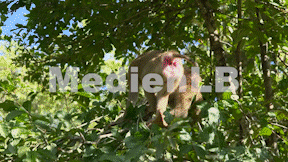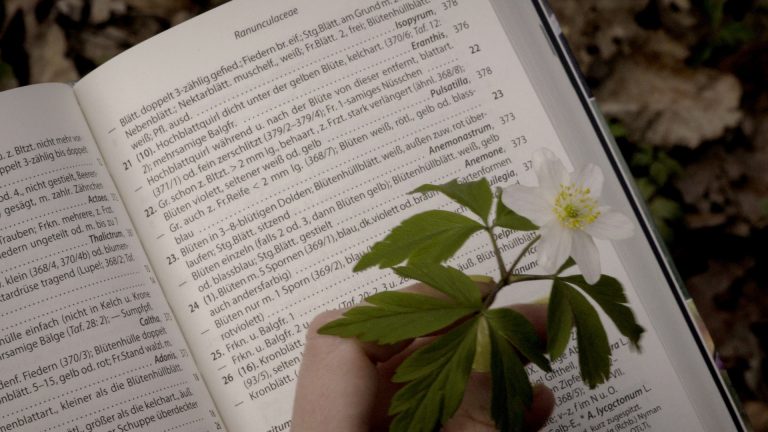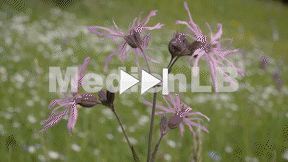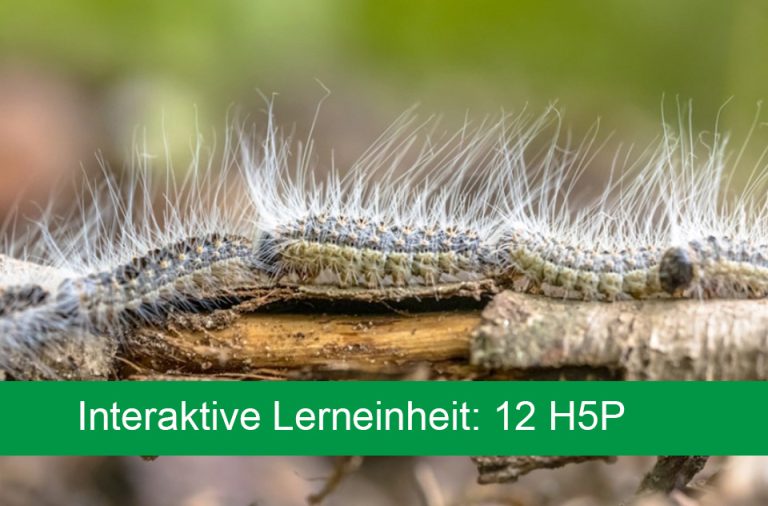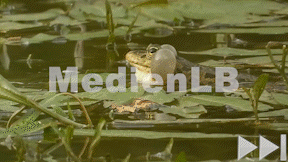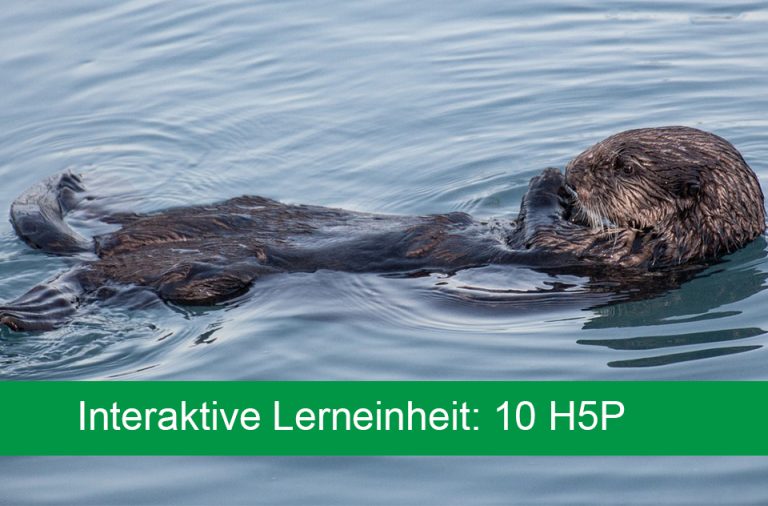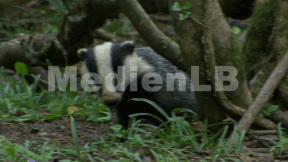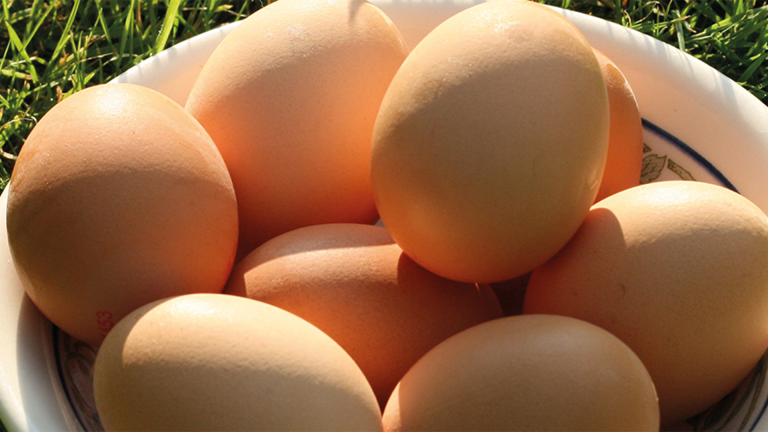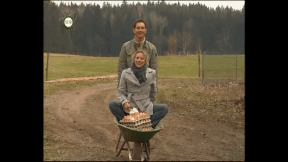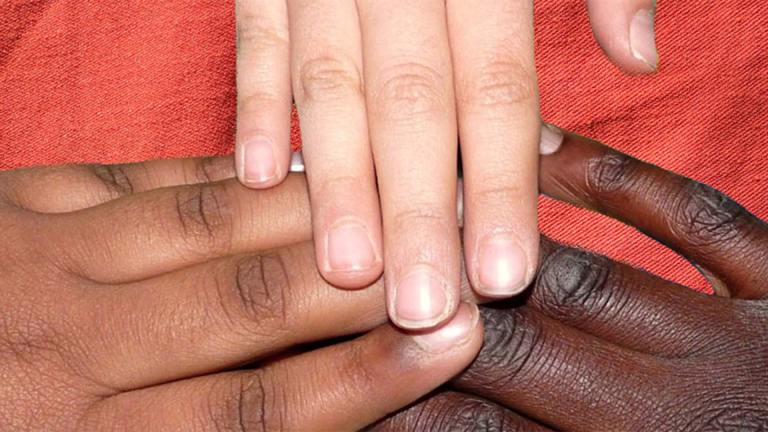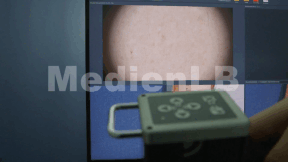Suche:
- # Artistry
- # Biology
- # Chemistry
- # Ecological
- # Economy
- # English
- # Foreign Language
- # Geography
- # German
- # Health
- # History
- # Informatik
- # Latin
- # Mathematics
- # Media Education
- # Music
- # Physics
- # Politics / Civics
- # Preschool
- # Primary School
- # Religion
- # Society
- # Sports
- # Technology
- # Training of Teachers
- # Vocational Education
Gürteltier, Zootier 2025
In 10 interaktiven Aufgaben wird den Schülerinnen und Schülern Wissen zum Gürteltier vermittelt und abgefragt.
Learn moreWildkräuter
Spitzwegerich, Gänseblümchen, Bärlauch zählen zu den rund 3.500 heimischen Wildkräutern. Sie zeichnen sich dadurch aus, dass sie unbeeinflusst vom Menschen wild am Wegesrand, auf Wiesen und im Wald wachsen.
Learn moreHeimische Schmetterlinge
Schmetterlinge (Lepidoptera) zählen mit derzeit etwa 160.000 beschriebenen Arten zu den Insekten. Bis auf Antarktika gibt es sie überall auf der Welt.
Learn moreÖkosystemmanagement
Ökosystemmanagement bezeichnet ein wissenschaftliches Konzept zu einem ganzheitlichen Umweltverständnis und einem nachhaltigen Umgang mit vorhandenen Ressourcen.
Learn moreDichotomer Bestimmungsschlüssel
Was haben ein Wolf und eine Sonnenblume gemeinsam? Sie zählen beide zu den Eukaryoten –Lebewesen mit einem Zellkern – und stehen damit an erster Stelle der taxonomischen Bestimmungsrubrik Lebewesen.
Learn moreLearning unit Biology 5-8
In our interactive learning unit "Sachunterricht 4 - Blackbird" you will find 10 interactive and didactically prepared tasks on the subject of blackbirds.
Learn moreFrosch und Kröte
Frösche und Kröten sind Amphibien und gehören zur Ordnung der Froschlurche.
Learn moreLearning unit subject 4 (Kopie)
In our interactive learning unit "Sachunterricht 4 - Blackbird" you will find 10 interactive and didactically prepared tasks on the subject of blackbirds.
Learn moreSinnesorgane schützen
Das Arbeiten im Labor im Chemie-, Biologie- und Physikunterricht erfordert Sicherheitsvorkehrungen, um Unfälle zu vermeiden.
Learn moreDachs
Der Dachs ist ein nachtaktiver Bewohner der heimischen Wälder. In teilweise jahrzehntealten, bis zu 5m tiefen Bauen verbringt er den Tag und begibt sich nachts auf Nahrungssuche.
Learn moreHuhn und Ei
Erstaunliche Zahlen im Zeitalter der Vogelgrippe: Über 18 Milliarden Eier werden jährlich in Deutschland verzehrt und über 10 Kilo Geflügelfleisch landen durchschnittlich im Magen eines jeden Bürgers. „Schau Dich schlau!“ widmet sich heute einer der leckersten Erfindungen der Natur: dem Ei und dem Huhn.
Learn moreSkin
It is essential for survival. It can cool the body, but must be protected from the cold as well as the sun. It changes with age. We are talking about the skin.
Learn more



